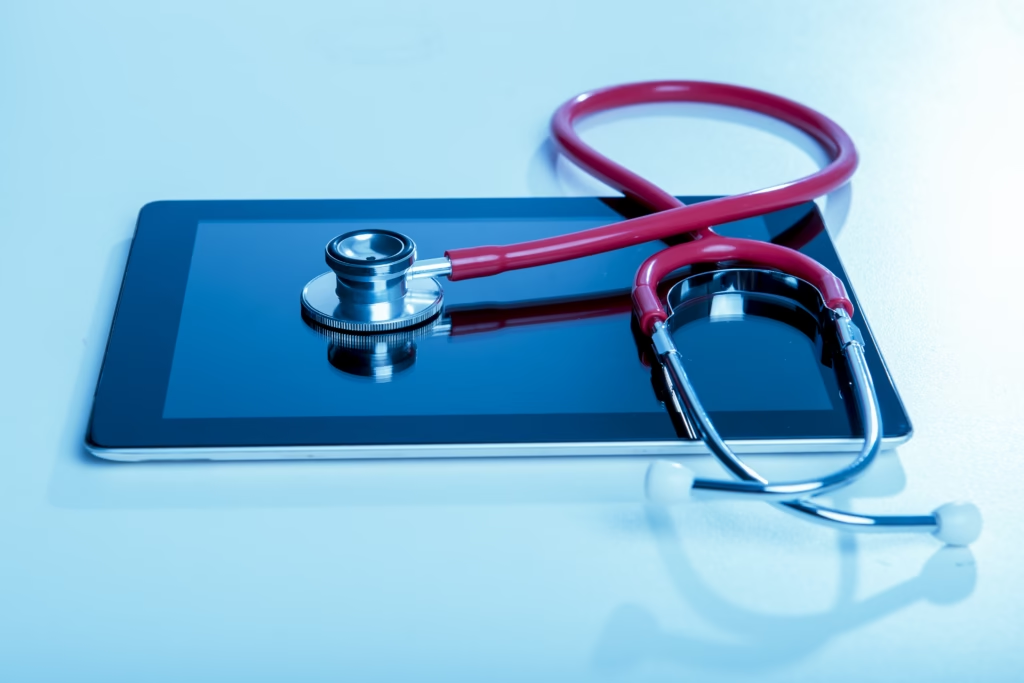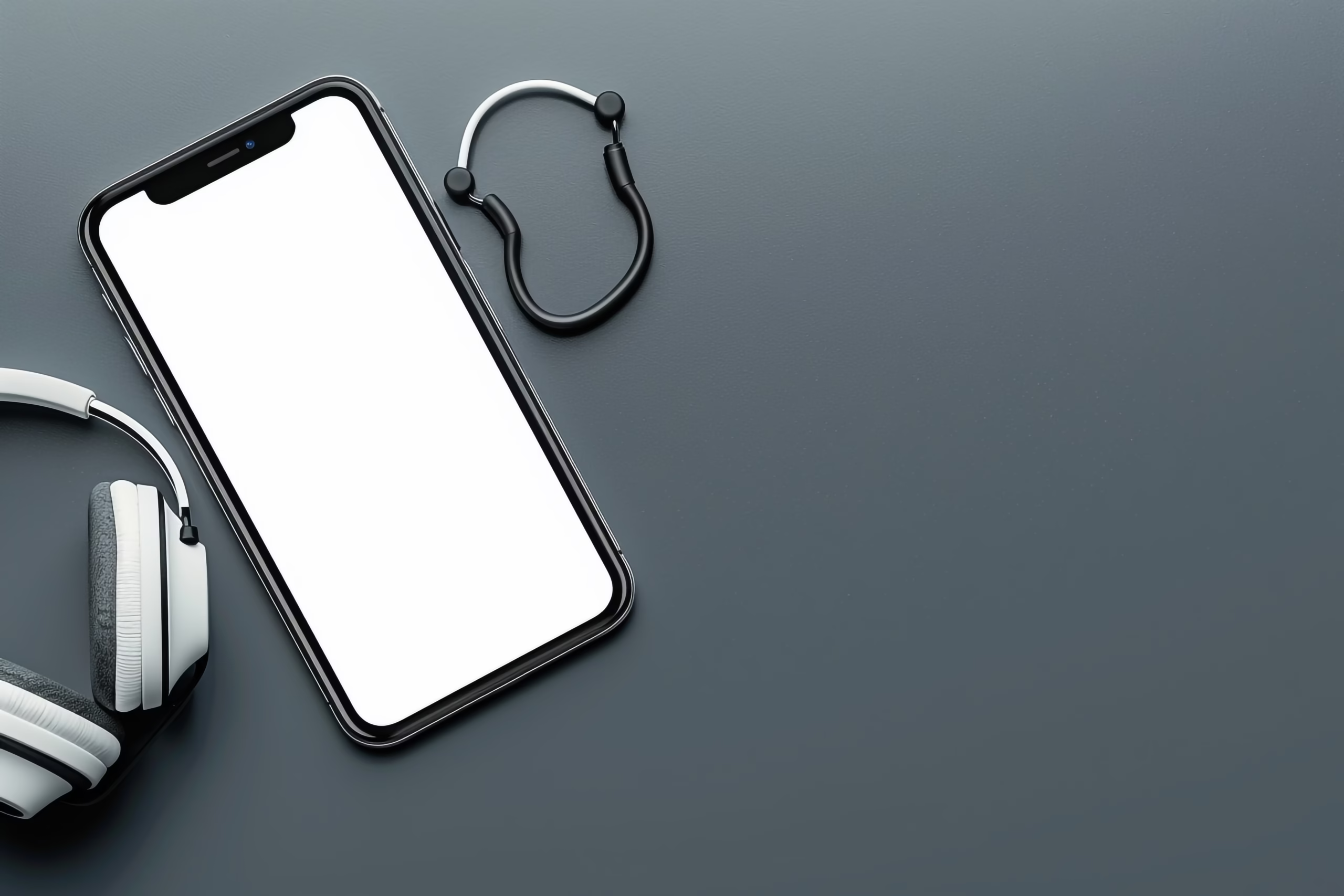Mobile health apps are revolutionizing healthcare by providing medical services directly to your smartphone. These apps offer easy access to health-related information and services, from tracking fitness goals to managing chronic conditions. They allow users to communicate with doctors, access medical records, and even schedule appointments—all from the comfort of their homes. For rural areas, these apps are a game-changer, making healthcare more accessible and affordable.
The Challenges of Healthcare Access in Rural Areas
Access to high-quality healthcare is frequently severely hampered in rural populations.Limited healthcare facilities, long travel distances to medical centers, and shortages of healthcare professionals are common issues. Mobile health apps step in to bridge this gap. They offer a solution by providing easy access to healthcare information and remote consultations, allowing rural populations to receive care without traveling far.
How Mobile Health Apps Are Transforming Rural Healthcare
Mobile health apps are transforming rural healthcare by providing instant access to medical services. For instance, telemedicine apps allow users to have video consultations with doctors, reducing the need to travel long distances. Additionally, these apps offer features like appointment scheduling, prescription refills, and follow-up care, making it easier for rural patients to manage their health. Apps like Healow are examples of how technology is improving healthcare delivery, even in the most remote locations.
Key Features of Health Apps for Rural Areas
Mobile health apps for rural areas come with features that enhance accessibility and convenience. Common features include:
- Telemedicine: Video consultations with doctors and specialists without leaving home.
- Health Tracking: Track vital signs such as blood pressure, glucose levels, and heart rate.
- Appointment Scheduling: Book and manage doctor appointments seamlessly.
- Medication Reminders: Get reminders to take your meds on schedule.
For instance, the Healow app enables users to manage their health remotely with features like appointment scheduling, medication tracking, and telemedicine consultations. These features are critical in rural areas where healthcare facilities are often limited.
Benefits of Mobile Health Apps for Rural Communities
Mobile health apps bring several benefits to rural communities:
- Improved Access to Care: Rural residents can access healthcare without needing to travel long distances.
- Cost-Effective: Remote consultations via mobile apps reduce transportation and other healthcare-related costs.
- Chronic Disease Management: Mobile apps help monitor chronic conditions like diabetes and hypertension, providing ongoing care without frequent doctor visits.
- Emergency Services: In case of an emergency, mobile health apps can provide immediate advice or direct users to the nearest healthcare provider.
Overall, mobile health apps enhance the quality of life for rural populations by offering reliable and accessible healthcare services.
Popular Health Apps Used in Rural Areas
Several mobile health apps are gaining popularity in rural areas, including the Healow app. It offers telemedicine services, health tracking, and access to medical records—all from one app. The Healow app download process is simple and can be done on both Android and iPhone devices, making it accessible to most people.

Another example is a white label telemedicine app, which allows healthcare providers to customize an app with their branding. This provides an affordable telehealth solution for rural healthcare providers.
Mobile Health Apps in Maternal and Child Health in Rural Areas
Mobile health apps play a crucial role in improving maternal and child health in rural areas. Apps offer prenatal care advice, reminders for doctor visits, and educational resources for new mothers. For example, women can use a health app on iPhone to track pregnancy milestones, monitor symptoms, and receive expert advice. This guarantees that, even in isolated areas, moms and kids receive prompt and sufficient care.
The Role of Mobile Health Apps in Telemedicine
Telemedicine is one of the most important features of mobile health apps, especially in rural areas. By offering virtual consultations with healthcare professionals, mobile apps reduce the need for patients to travel long distances for basic medical advice. Healow app is a perfect example of how telemedicine can be integrated into a health app, making healthcare more accessible. With a white label telemedicine app, healthcare providers can create their own custom solutions for their patients, ensuring a personalized experience.
Mobile Health Apps and Health Education for Rural Populations
Mobile health apps also play a significant role in educating rural populations. They provide easy access to information about nutrition, hygiene, disease prevention, and overall wellness. Many apps offer content in local languages, making them more accessible. By providing health education directly to users’ smartphones, these apps empower individuals to take charge of their health, leading to better health outcomes in rural areas.
Challenges in Implementing Mobile Health Apps in Rural Areas
Despite their benefits, mobile health apps face several challenges in rural areas. One major barrier is internet connectivity. Many rural areas still lack stable internet connections, which makes it difficult for users to access telemedicine services. Additionally, digital literacy can be a challenge, as not everyone in rural communities is familiar with using smartphones and apps. However, To overcome these challenges, mobile health apps need to be user-friendly and work well even with limited internet access.
Future Trends: The Evolution of Mobile Health Apps in Rural Healthcare
As technology continues to evolve, mobile health apps will play an even more significant role in rural healthcare. In the future, we can expect more advanced features such as AI-powered diagnostics and wearable health devices that sync with apps. These advancements will enable more accurate monitoring of health conditions and provide real-time feedback to both patients and healthcare providers.
Additionally, the integration of IoT (Internet of Things) devices will allow rural populations to monitor vital signs at home. For instance, users can take a free blood pressure check on phone and send the results directly to their healthcare provider for review. Such innovations will make healthcare more personalized, proactive, and accessible.
The Promise of Mobile Health Apps for Rural Areas
Mobile health apps hold immense promise for transforming healthcare in rural areas. They improve access to care, enhance chronic disease management, and provide essential health education. With the continued development of telemedicine, health tracking, and educational resources, mobile health apps will empower rural populations with the tools they need for better health outcomes.
Apps like Healow and customizable white label telemedicine apps are already paving the way for a more connected, accessible healthcare system. As technology advances, these apps will play an even larger role in ensuring that rural communities receive the quality healthcare they deserve.

